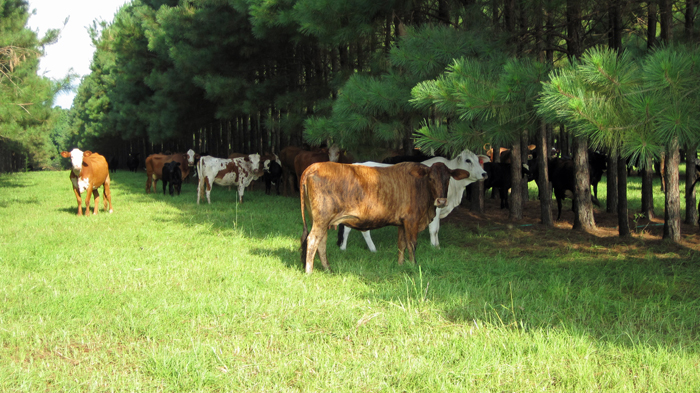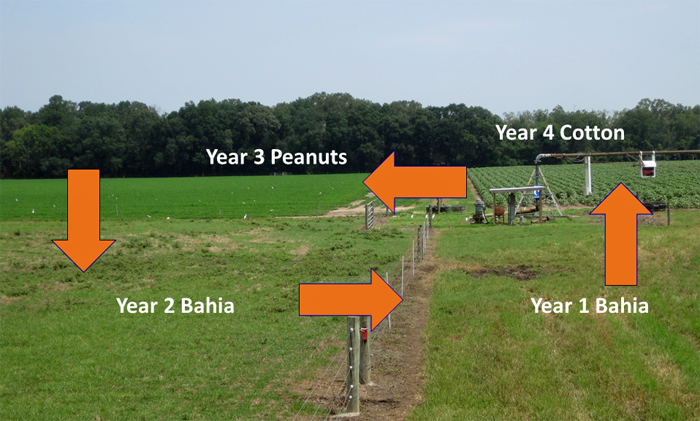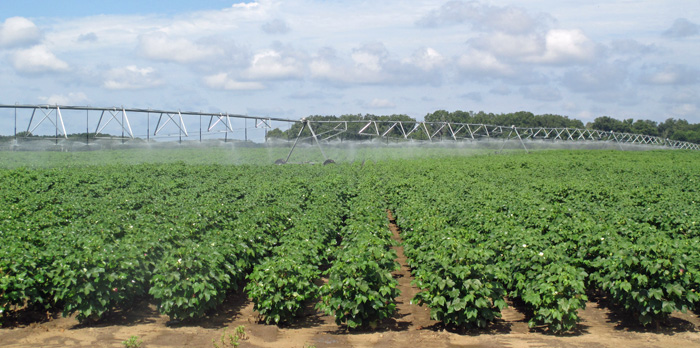by Doug Mayo | Mar 20, 2015
John VanSickle, Rod Clouser, Marina Arouca, UF/IFAS Food and Resource Economics Department The 2014 Farm Bill introduced changes to farm commodity programs. The safety net is now composed of two new programs, Price Loss Coverage (PLC) and Agricultural Risk Coverage...
by jferrell | Feb 20, 2015
B. Colvin, J. Ferrell, and R. Leon Hairy indigo (Indigofera hirsuta) is an annual legume that was introduced to Florida as a forage crop. It has since escaped cultivation where it can be a troublesome weed in some crop settings. Hairy indigo is particularly difficult...

by Michael Goodchild | Jan 30, 2015
Silvopasture is an agroforestry practice where a combination of trees, forage, and livestock are jointly managed to optimize production of all three. The term “silvopasture” means “forest-pasture,” where “silvo” is derived from a Latin word that means...

by Jim Marois | Jan 30, 2015
Jim Marois and David Wright, UF/IFAS NFREC Agronomy Research It is not a good idea to produce peanuts on the same land for 3-5 years in a row in the Florida Panhandle. This practice can create a serious long term problem, because pest pressure will build up and reduce...

by Doug Mayo | Jan 30, 2015
It is the time of year when land owners and farmers negotiate lease agreements for renting farm land. One of the toughest parts of negotiation is having a handle on what is a fair price. The USDA National Agricultural Statistic Service (NASS) does an annual survey to...




